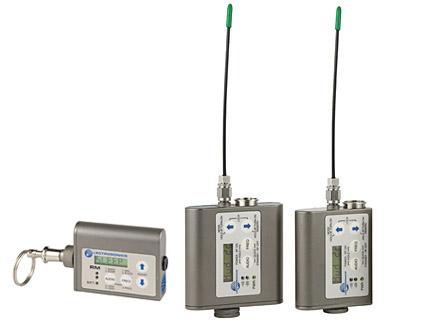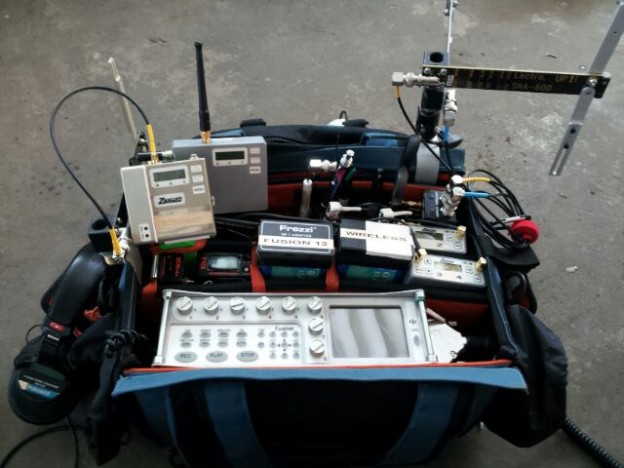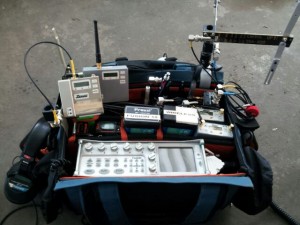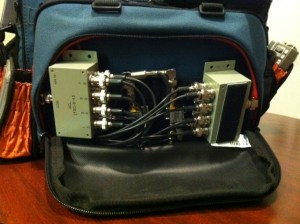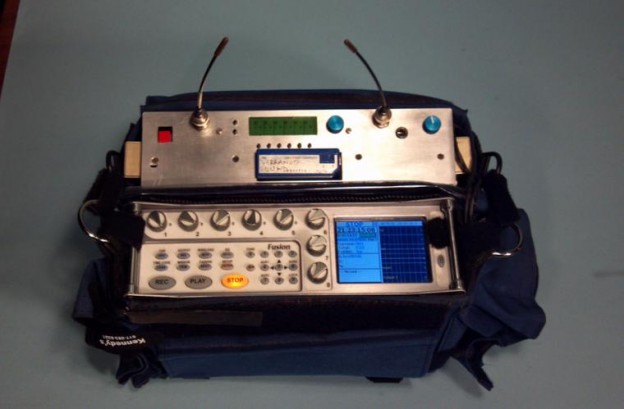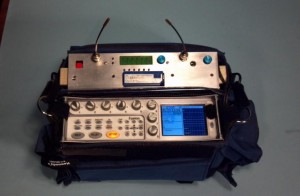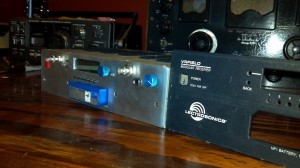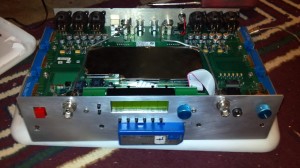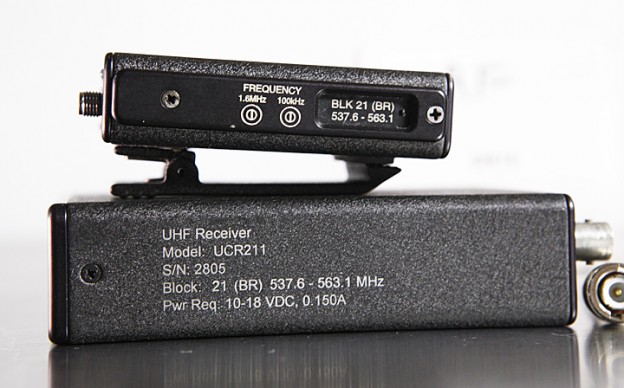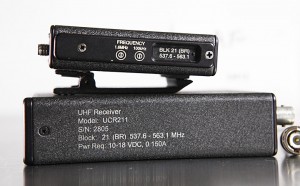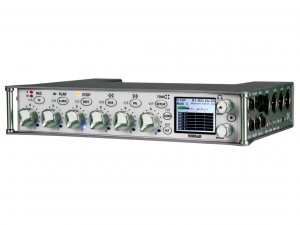I just added two more SMV transmitters, and my hands are tired from mashing those little buttons. The Reality Soundman Army continues to rack up transmitter count without regard to ROI. Its a bit like collecting Hot Wheels cars. Bexel and VER keep a bowlful at the checkout desk. Happily, I don’t give away services and gear, and my schedule is still full. I’m a one-man army, knee-deep in the Full Catastrophe, (google it, son) and the LMa wireless transmitter from Lectrosonics will be our little secret.
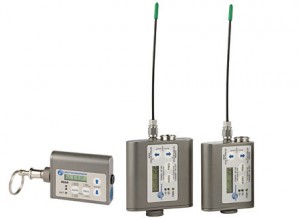 |
| The SMV series from Lectrosonics. $1300 and up. |
One thing you can’t beat the SMV for…wireless on children. The SMQV? I don’t get. Too big for the bucks.
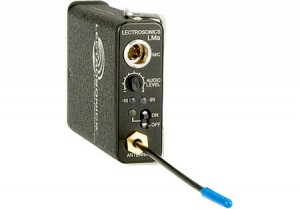 |
| The $650 LMa. |
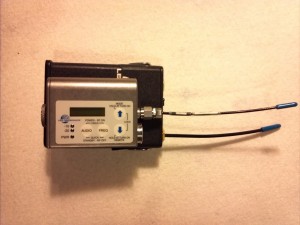 |
| To whom does this size difference matter? Catherine Zeta Jones, maybe. Reality Cast…? |
I’ve always resisted commenting on the LMa because I’m afraid Lectro is going to wise up and start charging more for them. But I’ve knocked back a couple, which is always ill-advised when posting, and I’ll probably delete this in the morning anyway.
The LMa‘s lower power is virtually indistinguishable from an SMV or any Lectro 100mw transmitter. While visiting with the bunch of hams (I’m KQ5I) who volunteered to check freq’s at the last Superbowl, we did comparisons and measurements with their very expensive spectrum analyzers, and found the LMa has to have at least 70+ mw of power, and in real world situations, the difference between the two matters little. Audio-wise, they are identical, both in specification and in the real world. The fixed antenna on the LMa is an advantage, as it is more robust than the connector affair, and makes the antenna physically shorter by eliminating the connector. The spring clip has a lower profile than the clunky um400a clip, and the “lip” can be bent down to make the profile even lower. Excellent in a bra-strap mount, where I go 90% of the time. Less excellent on the waistband, tends to fall off, but considering the LMa‘s low-profile without clip, pouch-wise and concealment-wise, it runs a close second to the SM’s and their ilk. Hides well in the men’s front pants pocket, I defy you to see it on camera. The clip pops on and off in a second, no tools required. The power switch seems different than the um’s, and is mounted differently, but I can shut it off and adjust gain by feel thru most materials on a women’s back. (somehow my jobs are mostly women on camera). Finally, when monkeying with 10 wireless going at once, I’ll take lower power over higher. There, I’ve said enough already. Larry please don’t raise the price on the LMa‘s…
by Pete Verrando
www.txsound.com

